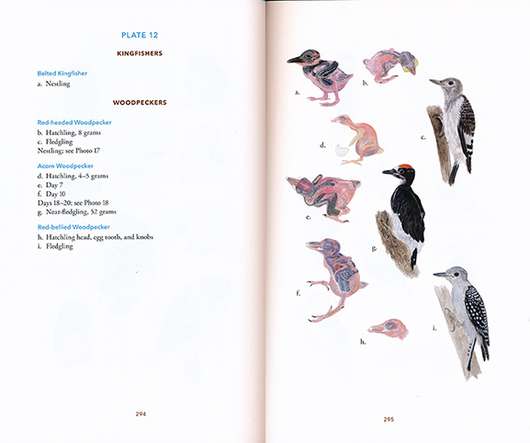Baby Bird Identification: A North American Guide–A Book Review
10,000 Birds
JANUARY 3, 2023
Baby birds are cuteness personified, possibly even more so than other baby animals, including human babies, and pose interesting questions of survival and development. Baby birds may be separated from the nest and their parents because of natural occurrences (violent weather, floods) or unknowing human interference or predators.












Let's personalize your content